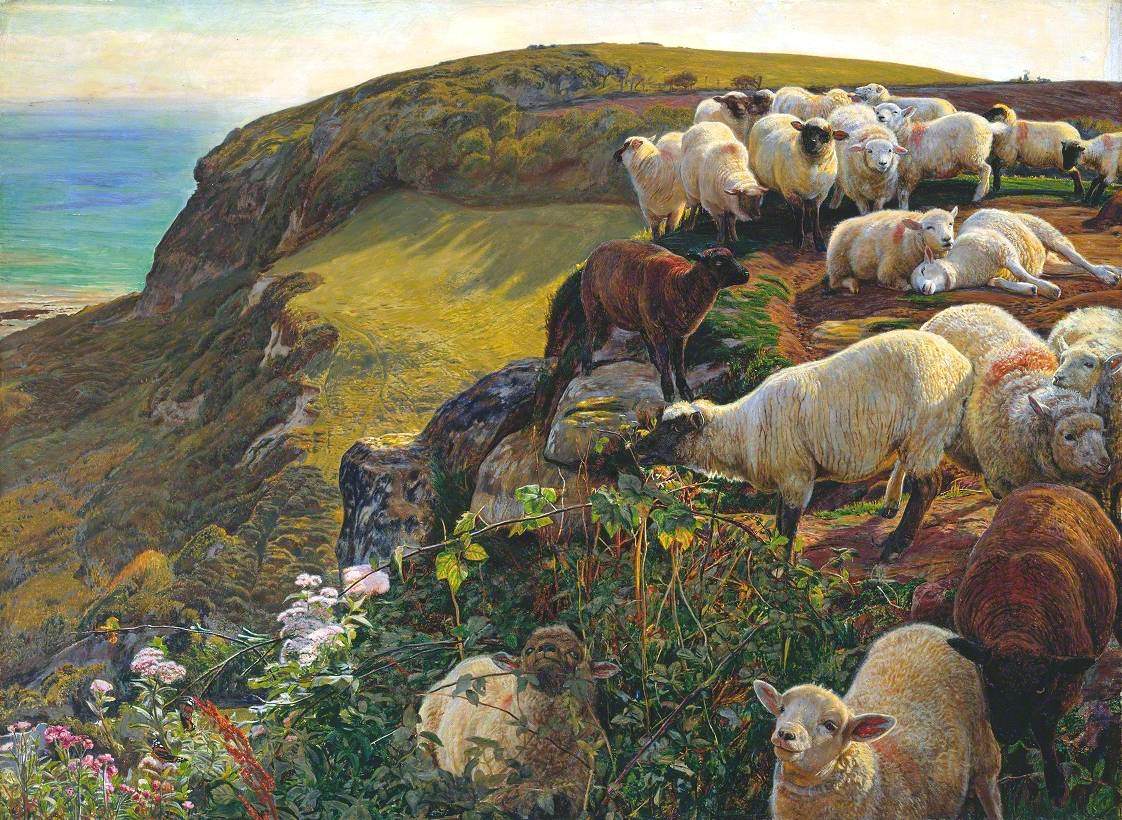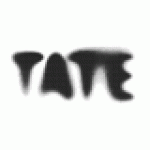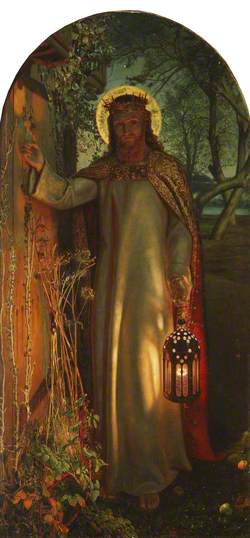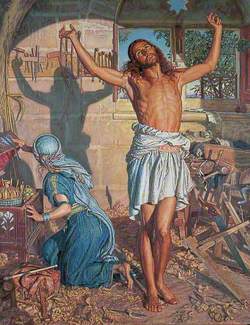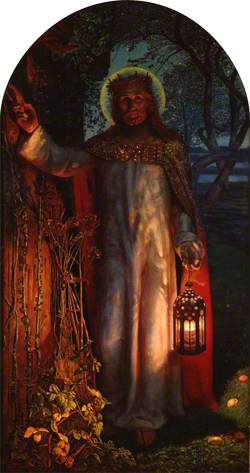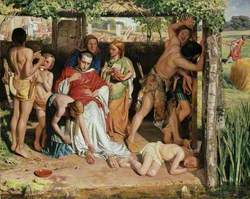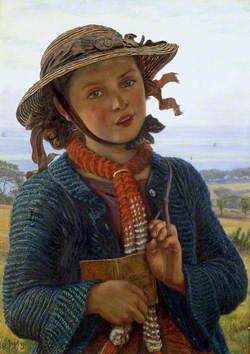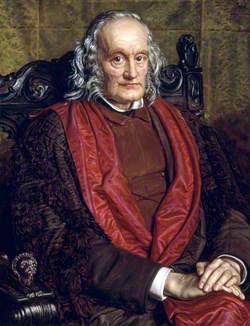How you can use this image
This image is available to be shared and re-used under the terms of the Creative Commons Attribution-NonCommercial-NoDerivatives licence (CC BY-NC-ND).
You can reproduce this image for non-commercial purposes and you are not able to change or modify it in any way.
Wherever you reproduce the image you must attribute the original creators (acknowledge the original artist(s) and the person/organisation that took the photograph of the work) and any other rights holders.
Review our guidance pages which explain how you can reuse images, how to credit an image and how to find more images in the public domain or with a Creative Commons licence available.
DownloadNotes
Add or edit a note on this artwork that only you can see. You can find notes again by going to the ‘Notes’ section of your account.
In 'Modern Painters' (1847) the writer and critic John Ruskin (1819–1900) exhorted young English artists to 'go to Nature in all singleness of heart, and walk with her laboriously and trustingly, having no other thoughts but how best to penetrate her meaning, and remember her instructions; rejecting nothing, selecting nothing, and scorning nothing; believing all things to be right and good, and rejoicing always in the truth.' Following Ruskin's dictum that art in its truthfulness can teach a moral lesson, William Holman Hunt created his greatest and most Pre-Raphaelite landscape. The picture was first commissioned as a replica of the sheep in the background of 'The Hireling Shepherd' (1851–1852, City of Manchester Art Galleries), which was bought by the eminent naturalist W.
The location for the picture was the Lover's seat, a well-known beauty spot perched on the cliffs overlooking Covehurst Bay, near Hastings. Hunt has paid scrupulous attention to natural detail, but the cliffs, sheep and parts of the foreground were all painted from different viewpoints, and the butterflies in the left foreground were painted indoors from a live specimen. Hunt exhibited the picture at the Royal Academy in 1853 with the title 'Our English Coasts'. The critic F. G. Stephens, a former member of the Pre-Raphaelite Brotherhood, later suggested that the painting 'might be taken as a satire on the reported defenseless state of the country against foreign invasion' (William Holman Hunt and His Works, 1860, p.23). During this period fears of an invasion had been generated by the press, reacting to Napoleon III's autocratic régime in France. The original frame bore the inscription 'The Lost Sheep', and when Hunt sent the painting to the Exposition Universelle in Paris in 1855 he changed the title to 'Strayed Sheep', thus underlining the picture's religious symbolism. However, critics of the time were struck less by the picture's symbolism than by the treatment of light. Ruskin wrote in 1883 that 'It showed to us, for the first time in the history of art, the absolutely faithful balances of colour and shade by which actual sunshine might be transposed into a key in which the harmonies possible with material pigments should yet produce the same impressions upon the mind which were caused by the light itself' (quoted in Parris, p.108).
Further reading: Leslie Parris (ed), 'The Pre-Raphaelites', exhibition catalogue, Tate Gallery, London 1984, reprinted 1994, pp.106–108, reproduced p.107, in colour. Elizabeth Prettejohn, 'The Art of the Pre-Raphaelites', London 2000, pp.177–178, reproduced p.177, in colour. Christopher Wood, 'Victorian Painting', London 1999, pp.129–130, reproduced p.127, in colour. Frances Fowle December 2000
Title
Our English Coasts, 1852 ('Strayed Sheep')
Date
1852
Medium
Oil on canvas
Measurements
H 43.2 x W 58.4 cm
Accession number
N05665
Acquisition method
Presented by the Art Fund 1946
Work type
Painting
Inscription description
date inscribed
Tate Britain
Millbank, London, Greater London SW1P 4RG England
Stories
-
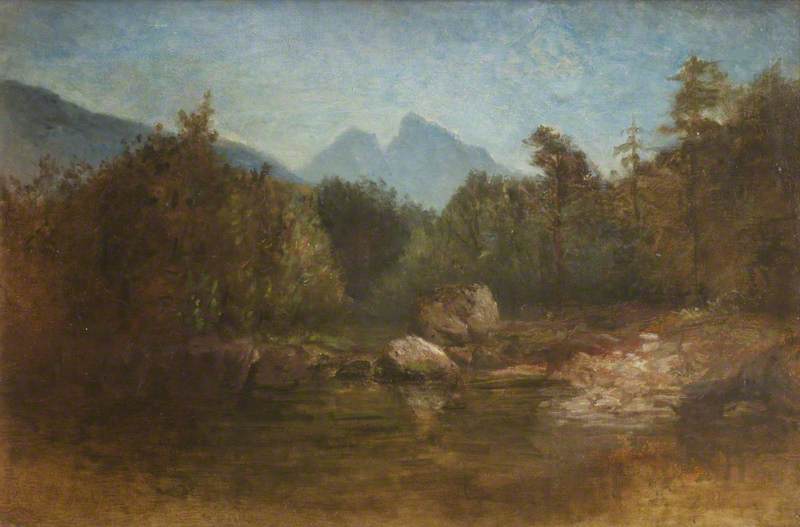
-
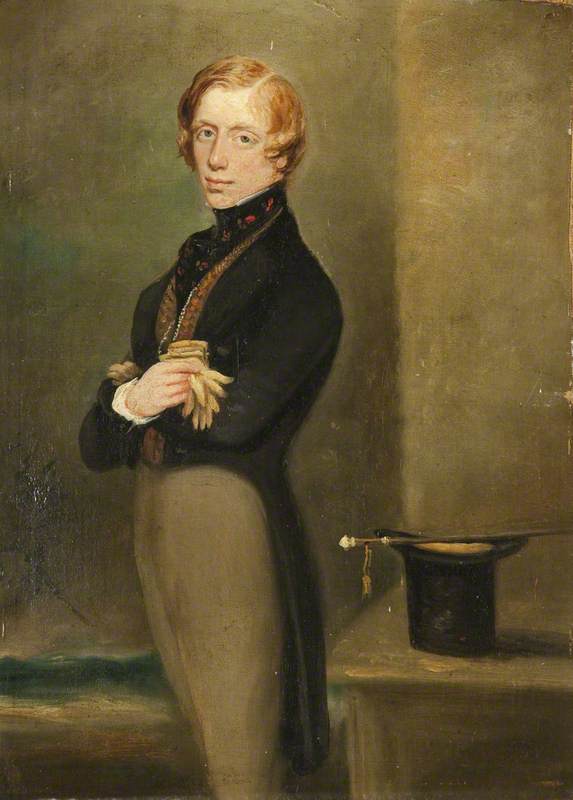 Who was John Ruskin?
Who was John Ruskin?Lydia Figes
-
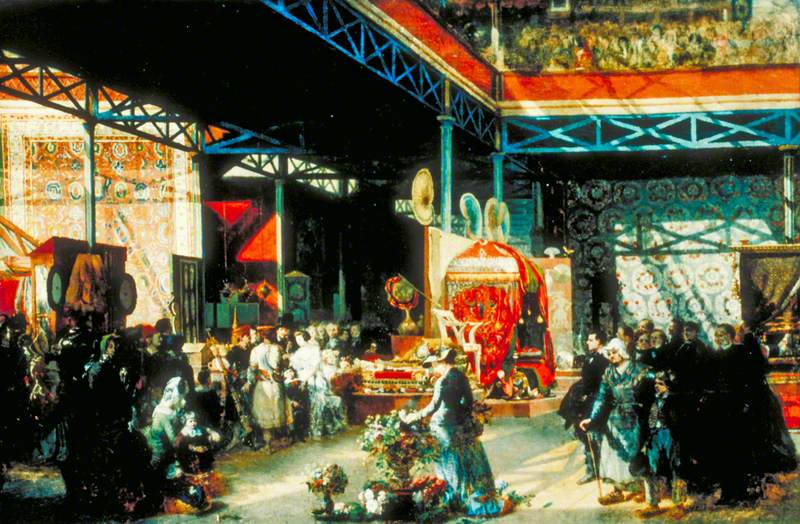 Art Matters podcast: art and innovation at world's fairs
Art Matters podcast: art and innovation at world's fairsFerren Gipson
